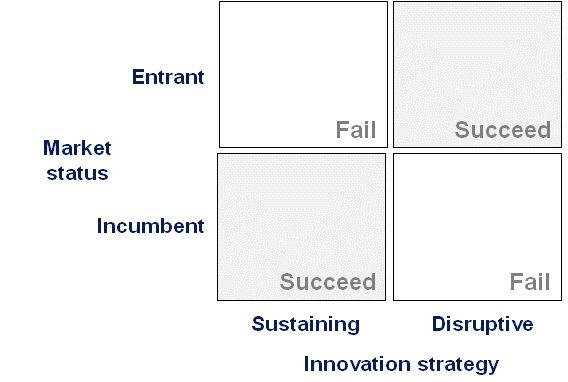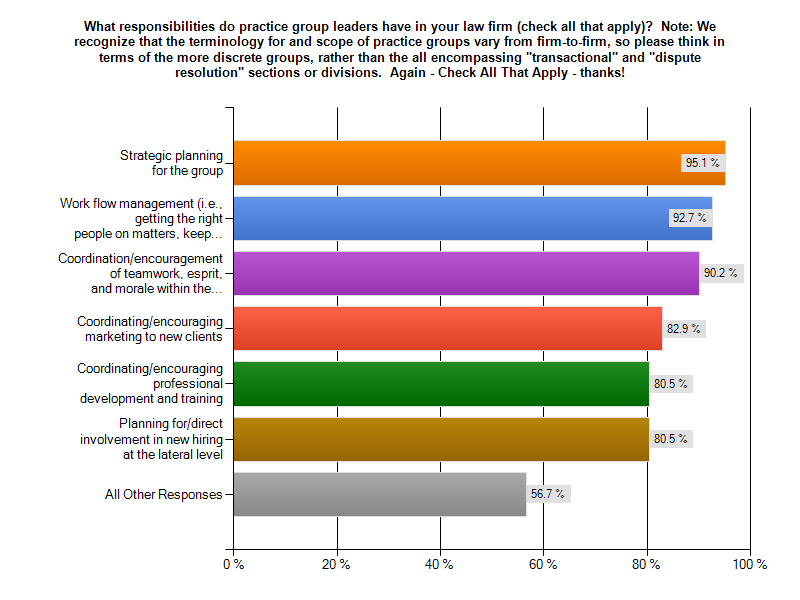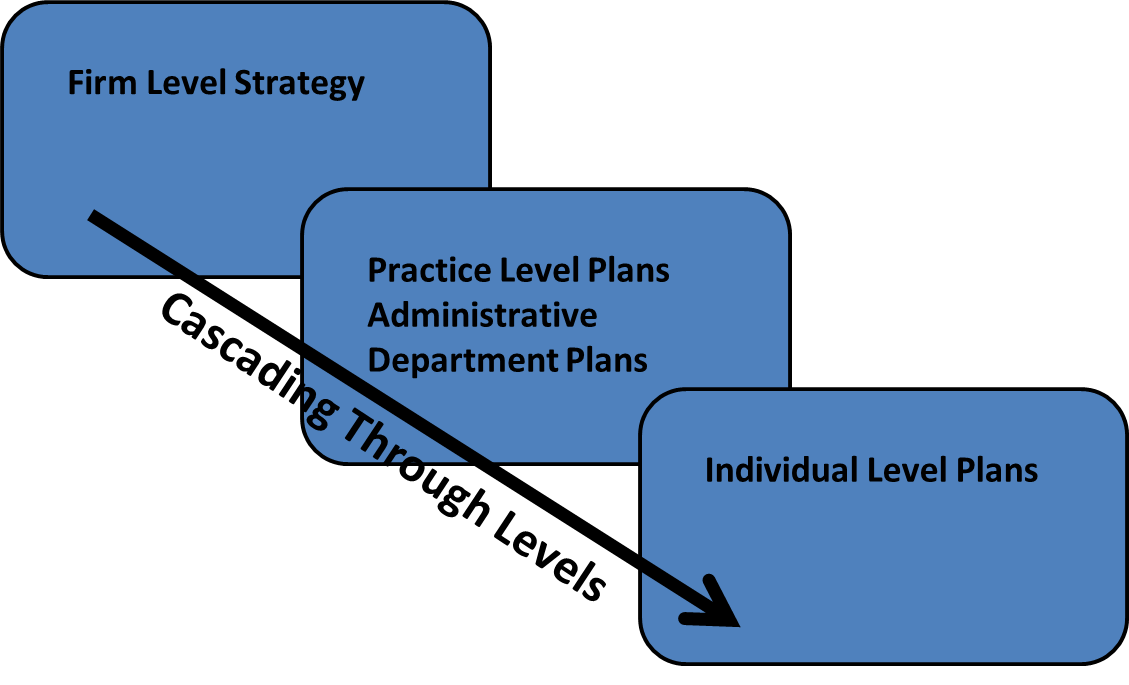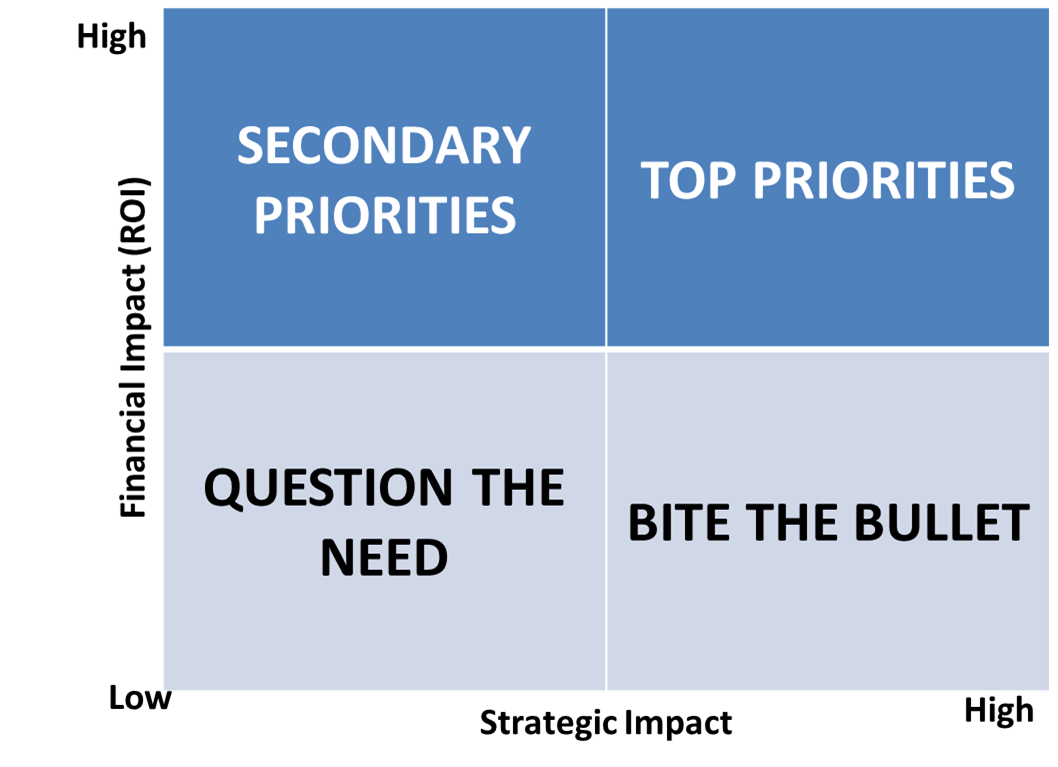We addressed innovation (disruptive and otherwise) in a series of articles last summer. The topic is certainly not resolved as evidenced by the many posts responding to and expanding upon a recent discussion of disruptive innovation at Harvard Law School. Both that Harvard Law panel and the subsequent responses to it have underscored (at least for us) the need for some pragmatism as law firms invest in innovation – and perhaps a refresher on some fundamentals regarding disruptive innovation.
Fundamental Truths
Let’s start with some fundamental truths about disruptive innovation.
- Disruption is happening in the legal industry. The longer it takes you (and your firm) to recognize that fact, the more vulnerable you are to disruptive competition.
- Disruptive innovation is rarely a pure technology play (i.e., disruptive technology directly displacing existing, presumably people driven, competitors). Rather, technology enables new business models that disrupt incumbent competitors – generally by targeting “over-served” customers (see Clearspire, Axiom and other LPOs) or entirely unserved customers (see Legal Zoom).
- Incumbents rarely succeed in adopting disruptive business models – mainly because it cannibalizes their existing business and their margins. Michael Raynor’s Innovator’s Dilemma explores the data at some length and concludes that incumbents are highly successful at sustaining innovation, while new entrants excel at disruptive innovation.
Source: Michael Raynor; Innovator’s Dilemma; Crown Business; 2011
Raynor’s findings are unsurprising if you think about them in the context of today’s sophisticated law firms. For instance, if a firm were going to adopt the disruptive model(s) at work at firms like Axiom and Clearspire, they would need to be prepared to get rid of 80-90% of their current office space, half or more of their associates, and a likely a majority of their partners (equity and non-equity) as well. Who is ready for that kind of change?
Rather than trying (almost certainly unsuccessfully) to imitate the disruptive innovators, incumbents have a couple of reasonable alternatives.
- First, incumbents can (and in some markets do) acquire a disruptive competitor. To make that acquisition work, the acquired entity needs to largely be left alone by the incumbent parent (i.e., it provides a source of new revenues and perhaps a place to direct lower margin work, but it should not be integrated into the traditional business).
- Alternatively, incumbents can co-opt a disruptive competitor – outsourcing activities to them that are done better (and usually much more cheaply) in the context of the disruptor’s business model. In this scenario, the revenues are lost, but the relationships are preserved (and possibly strengthened).
So, am I arguing that large and mid-size incumbent law firms should give up on innovation and surrender to the disruptors? Heck no. There are tremendous advantages associated with being a high service, high value incumbent service provider. However, to survive, evolve and prosper over the long run, you will need to innovate – pragmatically.
Pragmatic Approach to Innovation
We provided some background and some examples of an innovation model (co-creation) here and here. In addition, we talked at some length about the growing importance of non-lawyers in successful, sophisticated law firms here. All of that can be put together in a pragmatic approach to innovation.
Consider launching a pilot innovation program following these basic steps.
- Pick a client with whom you have a broad (i.e., multiple practices, multiple partners), deep (i.e., significant volume and revenues), and warm (i.e., mutually trusting) relationship.
- Empower (and hold accountable) your firm’s senior business development person (or your managing partner if you do not have a highly experienced and polished BD person) to start a dialog with that client. Note that this dialog may require multiple conversations with multiple people in the client organization. The dialog should include the following topics.
- A review of the work the firm has been doing for that client over the past three years with an emphasis in the discussion on two topics: 1) what was the best work, the work where the firm delivered the most value; and 2) what was the most disappointing work, the work that fell short of expectations for value?
- A discussion of the work the client is doing in-house with an emphasis on who is doing that work (e.g., level of experience, lawyers or not, etc.); what costs are associated with that work (e.g., salaries, benefits, bricks and mortar, etc.); and why the work is in-sourced (e.g., value assessments, risk management trade-offs, etc.).
- A discussion of the work that the client is sourcing to other law firms and contractors. That discussion should focus on categorizing work that is going elsewhere because: the competitor delivers at a cost/value that is hard to beat; the competitor has irreplaceable expertise and/or experience; the competitor has tenure, a long standing relationship, or other intangible reason(s) for having that work.
- What new legal issues and/or projects are coming down the pipe?
- That client input should lead to analysis with/by the client service team. That analysis should focus on the full portfolio of legal issues, matters and risks the client manages. The analysis should include (at a minimum):
- The volume of work associated with each category of work;
- The cost sensitivity of that work;
- The risk profile associated with the underlying legal issues;
- The level of expertise/specialization needed;
- The firm’s current capabilities in each area;
- The firm’s ability to improve the value the client currently captures (e.g., via process, people, technology improvements).
- In turn, that analysis should lead to a plan of action and recommendation to the client for each substantive category of work within their portfolio. There is a broad range of outcomes you may recommend for each category of work:
- Some things should continue largely as is (status quo, whether done by the firm, the in-house team, or someone else).
- Some things should continue to be done by your firm, but with a new approach, model, or set of tools (e.g., KM, project management, other).
- Some things may call for a more robust in-house team – that may include moving things out of your firm to the client’s in-house team.
- Some work should probably be moved to your firm (either from in-house resources or from other firms – be prepared to demonstrate the superior value you will deliver as a result of that change).
- Some work should probably be moved to others – either to low cost vendors (some that you will manage and some that your client will manage) or to highly specialized experts.
- Finally, those recommendations and the related plan should be presented to the client’s team – ideally by a team from your firm (e.g., relationship partners, selected legal experts, selected functional area leaders, etc.). That presentation should include a discussion of the investments the firm is prepared to make on the client’s behalf (e.g., new technology, tools, process improvements, etc.); the cost implications associated with managing the portfolio of work as recommended (presumably a reduced total cost, improved total value, and/or a reduced risk exposure for the client); and the benefits the client can expect from adopting the recommendations.
Now, there will almost certainly be additional dialog – some changes may not be easy for the client to make (for instance, they may not want to make additional in-house hires and/or make in-house lay-offs). But, the net outcome should be a stronger relationship – greater transparency and trust – and ultimately, more work done by your firm at sustainable (and presumably improved) margins. Most importantly, it will lead to continuing (i.e., sustaining) innovations on the portfolio of work your most prized clients turn to you to execute. And that it a pragmatic form of innovation that you can control and do with a high probability of success.




